Description
Mental math is the practice of performing mathematical calculations without using a calculator, paper, or pen. It’s a skill that can be developed through practice and understanding various strategies. Here are some key secrets to improving your mental math abilities:
### 1. **Break Down Complex Problems**
– **Decompose numbers**: Break large numbers into smaller, more manageable parts. For example, to multiply 28 × 17, break it into (20 + 8) × 17, which is easier to compute:
– 20 × 17 = 340
– 8 × 17 = 136
– Then add 340 + 136 = 476.
### 2. **Use the Distributive Property**
– Use the distributive property to simplify multiplication and addition. For example, for 36 × 25, break it down as:
– 36 × 25 = (30 – 4) × 25 = 30 × 25 – 4 × 25 = 750 – 100 = 650.
### 3. **Master the Multiplication Tables**
– Knowing multiplication tables up to 12 or 15 is essential. This allows for quick recall and easier mental calculations. Start with the easy ones (like 5s, 10s) and gradually move to more complex ones.
### 4. **Learn Shortcut Methods for Common Calculations**
– **Squaring numbers ending in 5**: To square numbers like 25, 35, 45, etc., use the formula:
– \( (n \cdot 10 + 5)^2 = n(n + 1) \cdot 100 + 25 \)
– For example, 25²: 2 × 3 = 6, then 6 × 100 + 25 = 625.
– **Multiplying by 9**: To multiply any number by 9, you can multiply by 10 and subtract the number:
– 9 × 14 = 140 – 14 = 126.
### 5. **Estimation and Rounding**
– **Round numbers for easier calculations**: Rounding numbers to the nearest 10 or 100 can simplify multiplication and division. For example, 98 × 23 can be approximated as 100 × 23 = 2300, and then adjust the result.
– **Estimate square roots**: For example, √50 is close to √49 (7), so the answer is about 7.
### 6. **Work with Approximation**
– Approximating answers can be helpful, especially for quick mental calculations. When adding or subtracting, approximate the numbers before finalizing the answer.
### 7. **Use Doubling and Halving**
– If you need to multiply by 4, double the number twice. For example, 16 × 4 is the same as 16 × 2 = 32, then 32 × 2 = 64.
– Halving is also useful for division. For example, for 360 ÷ 8, first halve 360 to get 180, then halve again to get 90, which is the result.
### 8. **Use Symmetry and Patterns**
– **Recognize number patterns**: Patterns in multiplication, division, or addition can be powerful. For instance, multiplying numbers in the form of 11 × 15 involves multiplying 11 by 10 and 11 by 5, and then adding the results.
### 9. **Practice Mental Division**
– To divide by 5, multiply the number by 2 and then divide by 10. For instance, 85 ÷ 5 is the same as (85 × 2) ÷ 10 = 170 ÷ 10 = 17.
### 10. **Memorize Key Mental Math Tricks**
– For addition, subtraction, multiplication, and division, there are hundreds of quick tricks and shortcuts. Practice them regularly to build speed and confidence.
### 11. **Work Backwards**
– For complex problems, sometimes it’s easier to work backward. For example, if you’re calculating a percentage of a number, work backward by dividing by the percentage rather than multiplying by the decimal equivalent.
### 12. **Speed and Accuracy Through Practice**
– **Train your brain**: Like any skill, mental math improves with practice. Set aside time each day to practice. Use apps, flashcards, or online resources to test your skills and build your speed.
### 13. **Visualize the Problem**
– Visualization can help a lot, especially with geometric or spatial problems. Picture the numbers and their relationships in your mind, which can make complex calculations easier to follow.
### 14. **Use the Rule of 9 for Divisibility**
– A number is divisible by 9 if the sum of its digits is divisible by 9. For example, 189: 1 + 8 + 9 = 18, and since 18 is divisible by 9, so is 189.
### 15. **Practice Mental Math Games**
– Play games and solve puzzles that require mathematical thinking, like Sudoku, or apps designed to improve math skills.
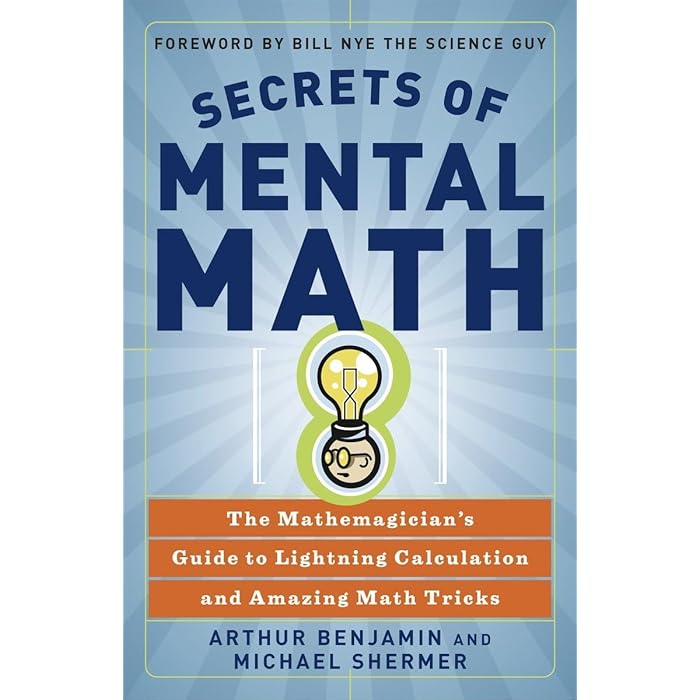
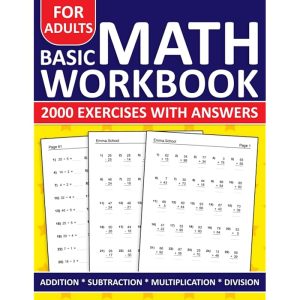
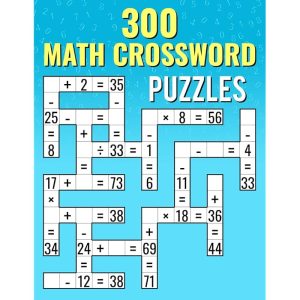
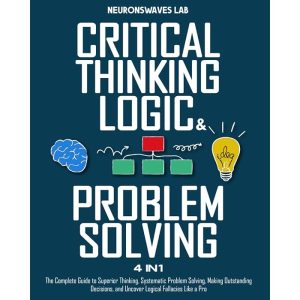
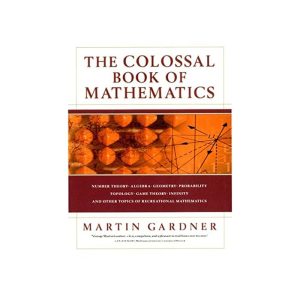
Reviews
There are no reviews yet.